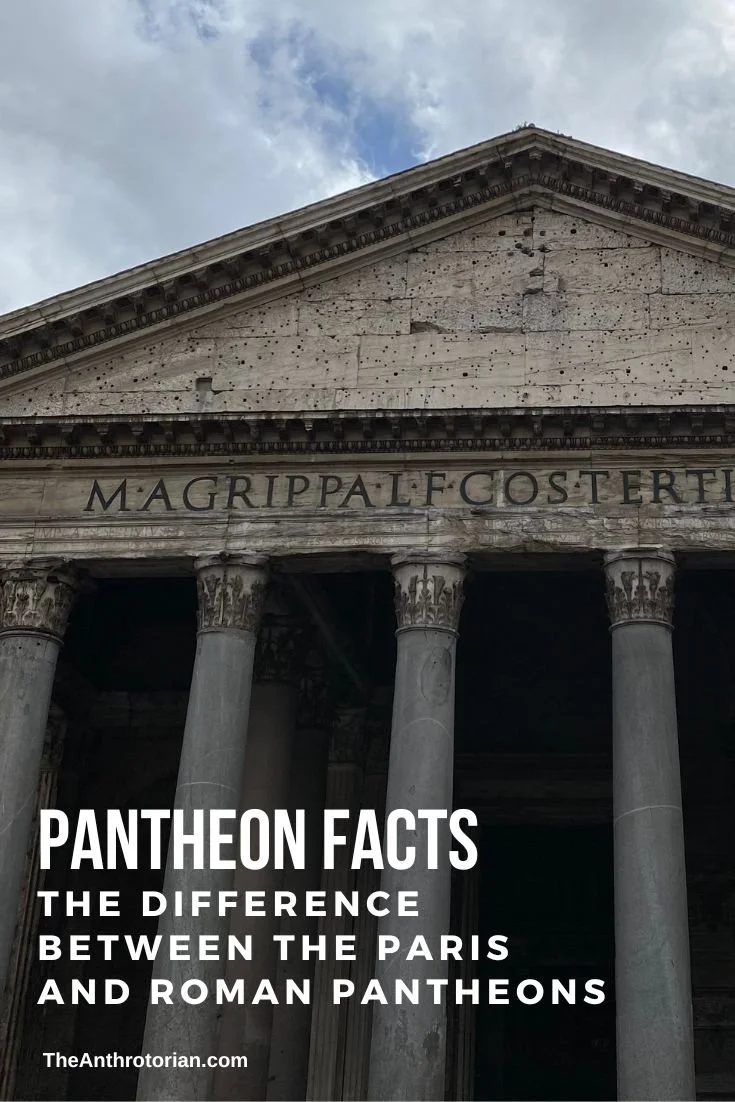The remaining part of a sculpture from the west pediment of the Parthenon.
Around 490 BCE, on the peak of the Acropolis, Athenians began building a temple to Athena Parthenos. It was unfinished when the Persians sacked Athens soon after, and then in 438 BCE was completed by Pericles as a temple to the goddess Athena. No expense was spared — even the roof was covered in the finest white marble rather than the usual terra cotta tiles.
Fast forward to when British colonization is at its peak...
At the beginning of the 19th century, Thomas Bruce, the British Earl of Elgin (hence the reason they are now called "Elgin" marbles and not Parthenon marbles) and ambassador to Constantinople, acquired most of the surviving sculpture from the Parthenon which was being used as a military base at the time.
In 1801, he shipped it back to decorate a lavish mansion for him and his wife, but his wife had left him by the time he got home and the marbles were part of a financial dispute. He ended up selling them at an incredibly low price.
The room that holds the Elgin Marbles at the British Museum.
The remaining sculpture, that was not lost or too damaged, is now in the British Museum in a room created specifically to display the marbles that portray scenes from the life of the goddess Athena.
A close up of one of the sculptures from the west pediment
The west pediment illustrated the contest that Athena won over Poseidon for rule over the Athenians, and the other pediment shows the birth of Athena, fully grown, from the brow of her father, Zeus.
The remaining sculptures from the east pediment. The gap in the middle represents a missing sculpture.
The female form is expertly rendered in the marble under the folds of fabric. It's hard to believe that it is cold marble and not actual clothing that covers the headless figures.
Like many countries around the world that were the subjects of British colonialism and lost many of their historic objects to Western museums, the Greek government continues to try (so far unsuccessfully) to have the marbles returned.
You can visit the Elgin Marbles in person for FREE at the British Museum in London.



